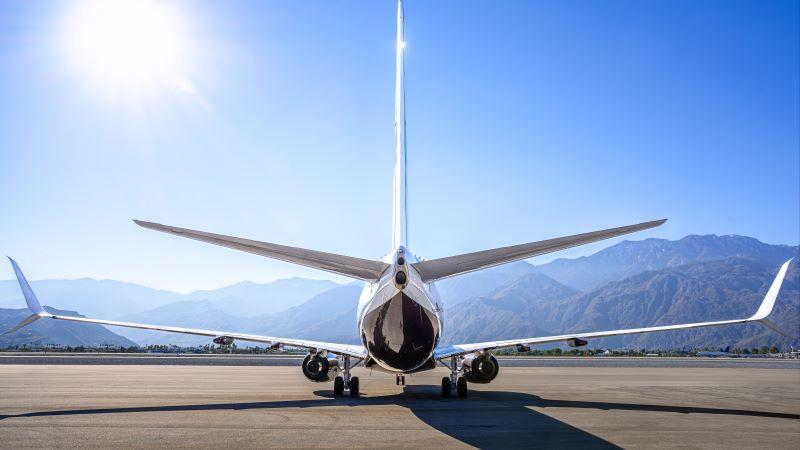
Traditionally, the fall season through December is the busiest time of year for the Part 135 charter world.
With Thanksgiving and the holidays right around the corner, this year is expected to be no different, especially considering the new line of first-time, post-pandemic customers in a world that has mostly opened back up for travel.
At this point, most operators and brokers understand the great influx of new demand over the last two years has outpaced the supply of jets drastically. Thus, this may lead those who offer jet cards to be tempted to abandon a traditional business model and divert their attention to selling retail, one-off charters at a price which the market determines. After all, in some cases prices can reach six figures for a coast-to-coast flight in North America, which was unfathomable before the COVID-19 pandemic.
With opportunities like that lingering given the shortage of aircraft, why would a Part 135 provider guarantee availability for its jet card holders? Jamie Walker, President and CEO of Jet Linx, a company that exclusively serves jet card members under its fleet of over 100 managed aircraft, believes not doing so would be very shortsighted, nor sustainable in the long run. In fact, from October to December 2021, Jet Linx suspended sales so they could guarantee availability for its existing customers out of fear of overselling itself.
“We’re not trying to serve all,” Walker says. “We’re trying to serve fewer members who fly more and appreciate the guarantee of service.”
When asked about the potential for missing out on lucrative, one-off charters, Walker wasn’t too hung up on what some may consider a lost opportunity.
“By serving the client you have, the repeat business and referrals that come far outweighs the revenue we might’ve missed due to suspending sales for a period of time,” he says.
Further affirming that jet cards are far from a thing of the past, Sentient Jet, a power player in the charter market who also exclusively sells jet cards to its flyers, reported a large increase in sales.
“We went from 37,977 live hours from January-June 2021 to 44,560 live hours in the same period for 2022, projecting over 50,000 live hours to be logged between July-December 2022. We’re also seeing an evolution of buying behaviors with a shift to more digital purchases; compared with 15% of flights booked digitally pre-pandemic, we expect to see this number increase to 40% for 2022,” says Andrew Collins, Sentient Jet’s president and CEO.
Jet Cards have been around for a long time, and if one trend has succumbed from the pandemic, it is that traditional ways businesses have conducted themselves are dying faster than ever. In this case, jet cards represent the “old way,” so perhaps it is understandable to project the idea that jet cards could increasingly become a thing of the past given the scrambled state of the market.
The truth is, at least as of October 2022, this is simply not the case.
“Jet Cards guarantee availability, which is more valuable now than ever. Due to the shortage of supply, access is everything,” concludes Walker. “Jet cards are very much alive and well.”
That access, whose value has only continued to increase, is what many believe will keep Part 135 charter sustainable well past the post-pandemic wave or any upcoming recession.

